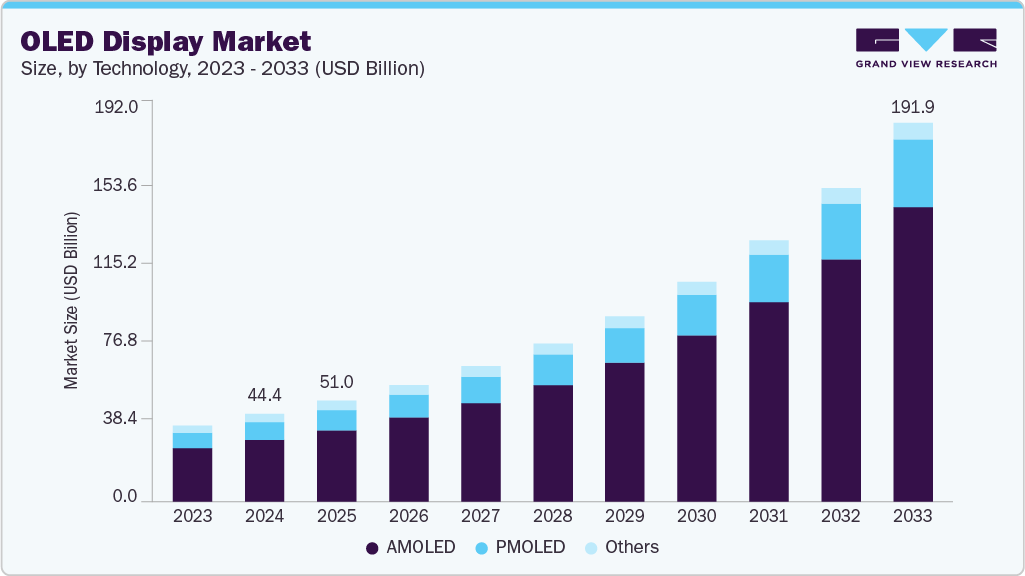Table of Contents
Chapter 1. Methodology and Scope
1.1. Market Segmentation & Scope
1.2. Market Definition
1.3. Information Procurement
1.3.1. Information Analysis
1.3.2. Market Formulation & Data Visualization
1.3.3. Data Validation & Publishing
1.4. Research Scope and Assumptions
1.4.1. List of Data Sources
Chapter 2. Executive Summary
2.1. Market Snapshot
2.2. Segmental Outlook
2.3. Competitive Outlook
Chapter 3. Market Variables, Trends, and Scope
3.1. Global U.S. Acids Market Outlook
3.2. Value Chain Analysis
3.2.1. Raw Material Outlook
3.2.2. Manufacturing/Technology Outlook
3.2.3. Sales Channel Analysis
3.3. Price Trend Analysis
3.3.1. Factors Influencing Prices
3.4. Regulatory Framework
3.4.1. Standards & Compliances
3.5. Market Dynamics
3.5.1. Market Driver Analysis
3.5.2. Market Restraint Analysis
3.5.3. Market Challenges Analysis
3.5.4. Market Opportunity Analysis
3.6. Porter’s Five Forces Analysis
3.6.1. Bargaining Power of Suppliers
3.6.2. Bargaining Power of Buyers
3.6.3. Threat of Substitution
3.6.4. Threat of New Entrants
3.6.5. Competitive Rivalry
3.7. PESTLE Analysis
3.7.1. Political
3.7.2. Economic
3.7.3. Social Landscape
3.7.4. Technology
3.7.5. Environmental
3.7.6. Legal
Chapter 4. U.S. Acids Market: Type Estimates & Trend Analysis
4.1. U.S. Acids Market: Type Movement Analysis, 2023 & 2030
4.2. Organic
4.2.1. Market estimates and forecasts, 2018 - 2030 (USD Billion) (Million tons)
4.2.1.1. Personal Care & Cosmetics
4.2.1.1.1. Market estimates and forecasts, 2018 - 2030 (USD Billion) (Million tons)
4.2.1.2. Food & Beverages
4.2.1.2.1. Market estimates and forecasts, 2018 - 2030 (USD Billion) (Million tons)
4.2.1.3. Pharmaceuticals
4.2.1.3.1. Market estimates and forecasts, 2018 - 2030 (USD Billion) (Million tons)
4.2.1.4. Animal Feed
4.2.1.4.1. Market estimates and forecasts, 2018 - 2030 (USD Billion) (Million tons)
4.2.1.5. Chemical Manufacturing
4.2.1.5.1. Market estimates and forecasts, 2018 - 2030 (USD Billion) (Million tons)
4.2.1.6. Agriculture
4.2.1.6.1. Market estimates and forecasts, 2018 - 2030 (USD Billion) (Million tons)
4.2.1.7. Consumer Goods
4.2.1.7.1. Market estimates and forecasts, 2018 - 2030 (USD Billion) (Million tons)
4.2.1.8. Lubricants
4.2.1.8.1. Market estimates and forecasts, 2018 - 2030 (USD Billion) (Million tons)
4.2.1.9. Others
4.2.1.9.1. Market estimates and forecasts, 2018 - 2030 (USD Billion) (Million tons)
4.3. Inorganic
4.3.1. Market estimates and forecasts, 2018 - 2030 (USD Billion) (Million tons)
4.3.1.1. Agriculture
4.3.1.1.1. Market estimates and forecasts, 2018 - 2030 (USD Billion) (Million tons)
4.3.1.2. Paints & coatings
4.3.1.2.1. Market estimates and forecasts, 2018 - 2030 (USD Billion) (Million tons)
4.3.1.3. Textiles
4.3.1.3.1. Market estimates and forecasts, 2018 - 2030 (USD Billion) (Million tons)
4.3.1.4. Petroleum
4.3.1.4.1. Market estimates and forecasts, 2018 - 2030 (USD Billion) (Million tons)
4.3.1.5. Metalworking
4.3.1.5.1. Market estimates and forecasts, 2018 - 2030 (USD Billion) (Million tons)
4.3.1.6. Wastewater treatment
4.3.1.6.1. Market estimates and forecasts, 2018 - 2030 (USD Billion) (Million tons)
4.3.1.7. Chemical Manufacturing
4.3.1.7.1. Market estimates and forecasts, 2018 - 2030 (USD Billion) (Million tons)
4.3.1.8. Pulp & paper
4.3.1.8.1. Market estimates and forecasts, 2018 - 2030 (USD Billion) (Million tons)
4.3.1.9. Others
4.3.1.9.1. Market estimates and forecasts, 2018 - 2030 (USD Billion) (Million tons)
Chapter 5. Competitive Landscape
5.1. Recent Developments by Key Market Participants
5.2. Company Categorization
5.3. Company Market Positioning Analysis, 2024
5.4. Vendor Landscape
5.4.1. List of Key Distributors & Channel Partners
5.4.2. List of End-Use
5.5. Strategy Mapping
5.6. Company Profiles/Listing
5.6.1. Akzo Nobel NV
5.6.1.1. Company Overview
5.6.1.2. Financial Performance
5.6.1.3. Type Benchmarking
5.6.2. Basic Chemical Solutions LLC
5.6.2.1. Company Overview
5.6.2.2. Financial Performance
5.6.2.3. Type Benchmarking
5.6.3. PVS Chemicals, Inc.
5.6.3.1. Company Overview
5.6.3.2. Financial Performance
5.6.3.3. Type Benchmarking
5.6.4. Navin Fluorine International Limited
5.6.4.1. Company Overview
5.6.4.2. Financial Performance
5.6.4.3. Type Benchmarking
5.6.5. Cargill Inc.
5.6.5.1. Company Overview
5.6.5.2. Financial Performance
5.6.5.3. Type Benchmarking
5.6.6. The Dow Chemical Company
5.6.6.1. Company Overview
5.6.6.2. Financial Performance
5.6.6.3. Type Benchmarking
5.6.7. BASF SE
5.6.7.1. Company Overview
5.6.7.2. Financial Performance
5.6.7.3. Type Benchmarking
5.6.8. Tate & Lyle Plc
5.6.8.1. Company Overview
5.6.8.2. Financial Performance
5.6.8.3. Type Benchmarking
5.6.9. AjinomotoCo., Inc.
5.6.9.1. Company Overview
5.6.9.2. Financial Performance
5.6.9.3. Type Benchmarking
5.6.10. Adisseo
5.6.10.1. Company Overview
5.6.10.2. Financial Performance
5.6.10.3. Type Benchmarking
List of Tables
Table 1 U.S. Acids market estimates & forecasts, 2018 - 2030 (USD Billion) (Million tons)
Table 2 Organic U.S. Acids market estimates & forecasts, 2018 - 2030 (USD Billion) (Million tons)
Table 3 Inorganic U.S. Acids market estimates & forecasts, 2018 - 2030 (USD Billion) (Million tons)
List of Figures
Fig. 1 Market segmentation
Fig. 2 Information procurement
Fig. 3 Data analysis models
Fig. 4 Market formulation and validation
Fig. 5 Data validating & publishing
Fig. 6 Market snapshot
Fig. 7 Segmental outlook - Type
Fig. 8 Competitive Outlook
Fig. 9. U.S. Acids market outlook, 2018 - 2030 (USD Billion) (Million tons)
Fig. 10 Value chain analysis
Fig. 11 Market dynamics
Fig. 12 Porter’s Analysis
Fig. 13 PESTEL Analysis
Fig. 14. U.S. Acids market, by type: Key takeaways
Fig. 15. U.S. Acids market, by type: Market share, 2024 & 2030
Trusted market insights - try a free sample
See how our reports are structured and why industry leaders rely on Grand View Research. Get a free sample or ask us to tailor this report to your needs.










